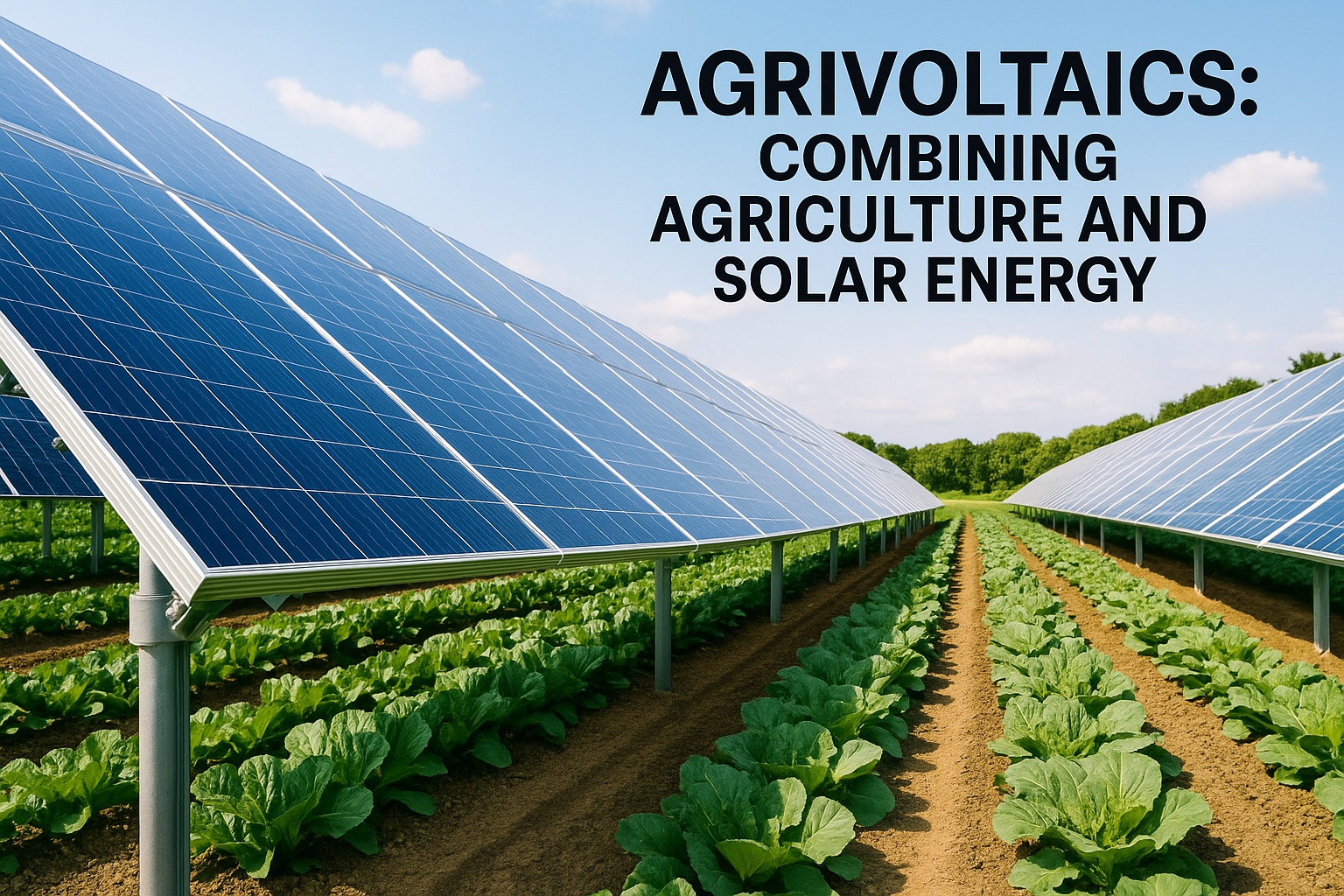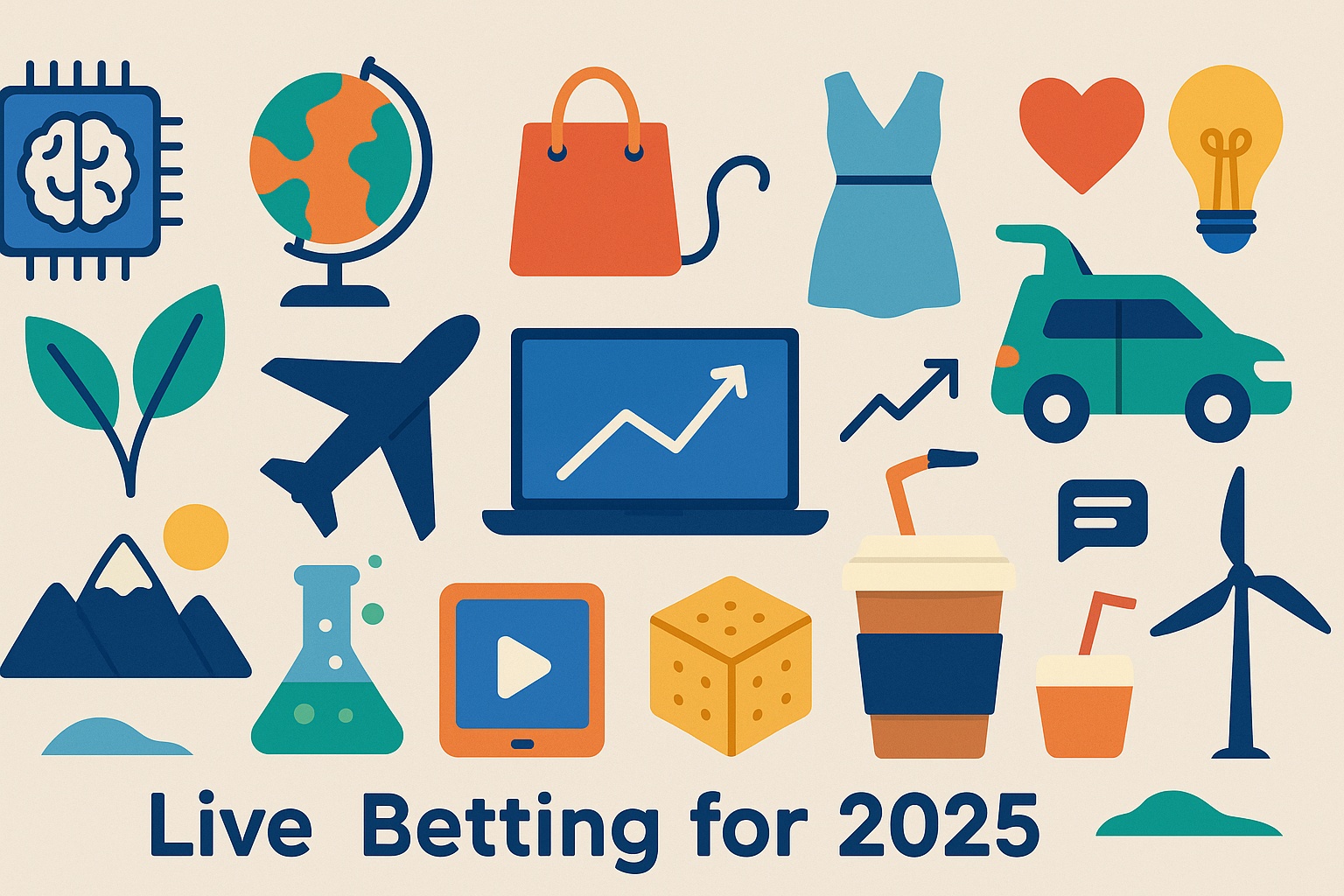Agrivoltaics is a revolutionary practice that integrates solar panels directly into farmlands, allowing crops and clean energy to thrive side by side. As the global population grows and climate change accelerates, this hybrid solution offers a sustainable path forward for food production and renewable electricity — all from the same plot of land.
What Is Agrivoltaics?
Agrivoltaics — also known as dual-use solar — refers to the strategic placement of photovoltaic panels above or around agricultural crops. Rather than forcing farmers to choose between harvesting sunlight for food or energy, agrivoltaics enables both simultaneously. The concept first emerged in the early 1980s but has gained serious traction over the last decade as land-use pressures intensify.
Panels are typically mounted on elevated structures that allow machinery and workers to operate underneath. They are often tiltable or spaced to optimize sunlight exposure for both the crops below and the energy systems above. This method supports a range of plants — from leafy greens to berries and even vineyards — without sacrificing yield or land quality.
Why Agrivoltaics Matters in 2025
The urgency to adopt climate-resilient farming and renewable energy has never been greater. Agrivoltaics addresses several critical challenges at once:
- Land Scarcity: With growing urban sprawl, farmland is increasingly threatened. Agrivoltaics maximizes use without compromise.
- Water Retention: Solar panels provide partial shading, reducing evaporation and improving soil moisture levels.
- Energy Independence: Farmers can produce their own power, reduce grid reliance, and even sell surplus energy.
- Climate Resilience: Protecting crops from extreme heat, wind, and drought becomes easier under shaded conditions.
- Revenue Diversification: In addition to crop income, solar energy becomes a second reliable source of revenue.
In 2025, agrivoltaics is more than an experiment — it’s a blueprint for regenerative agriculture and sustainable energy combined.
Benefits of Agrivoltaic Systems
The fusion of agriculture and photovoltaics offers measurable, science-backed advantages for both food and energy production. Here’s how agrivoltaics transforms land use into a win-win strategy:
- Microclimate Control: Partial shading helps regulate temperature and humidity, improving plant resilience.
- Water Conservation: Panels reduce direct sun exposure, slowing evaporation and saving irrigation resources.
- Energy Harvesting: Cropland now doubles as a solar farm, generating substantial megawatt-hours annually.
- Crop Protection: Solar arrays act as a buffer against wind, hail, and scorching sun — minimizing damage risks.
- Biodiversity Support: Native plants and pollinators often benefit from the mixed canopy and ground cover environment.
| Crop | Climate Type | Impact Under Panels | Energy Output |
|---|---|---|---|
| Lettuce | Arid (e.g., Southwest USA) | Reduced water loss, stable yield | Up to 200 MWh/acre/year |
| Grapes (Vineyards) | Mediterranean | Delayed ripening, improved fruit quality | 120–180 MWh/acre/year |
| Spinach | Temperate | Less sunburn, slightly higher yield | 150–190 MWh/acre/year |
| Berries (e.g., strawberries) | Cool/mild | Better humidity, higher fruit survival | 130–170 MWh/acre/year |
| Tomatoes | Subtropical | Reduced heat stress, slight yield drop | 140–200 MWh/acre/year |
“With agrivoltaics, we’re not choosing between food or energy — we’re producing both, smarter and more sustainably.” — Dr. Alejandra Cruz, agricultural engineer
This dual-use model fits seamlessly into the future of regenerative agriculture, where productivity and sustainability no longer compete but collaborate.
How to Start With Agrivoltaics
For farmers and landowners ready to explore agrivoltaics, the path forward involves thoughtful planning and partnership. While every site is unique, these key steps form the foundation:
- Assess Your Land: Analyze soil types, crop compatibility, and sunlight exposure. Not every field is ideal, but many are adaptable.
- Work With Specialists: Partner with agronomists, solar developers, and local energy co-ops to design tailored layouts.
- Choose the Right Crops: Opt for varieties proven to perform well under partial shade — leafy greens, berries, legumes, and herbs are excellent candidates.
- Consider Panel Positioning: Use elevated or adjustable systems that allow farm machinery and seasonal light management.
- Secure Permits & Funding: Many regions offer incentives or pilot programs. Check with local agricultural and energy agencies.
Challenges to Consider
While promising, agrivoltaics also presents several hurdles that must be addressed during implementation:
- Upfront Investment: Installing solar infrastructure can be expensive. Long-term ROI is favorable, but initial costs require financing.
- Regulatory Compliance: Zoning laws and utility interconnection rules vary widely. Farmers must navigate local policy landscapes.
- Crop-Panel Compatibility: Not all plants thrive under shade. Selecting the wrong crops can reduce productivity or quality.
- Maintenance Complexity: Solar panels require periodic cleaning and inspections. Integrating upkeep with farm routines is essential.
- Technology Learning Curve: Managing dual systems means adapting to monitoring software, smart inverters, and hybrid data platforms.
Despite these challenges, interest in agrivoltaics continues to rise as successful pilot projects prove that food and solar can coexist — and even thrive — together.
FAQs
- Does agrivoltaics reduce crop yields?
Not necessarily. Many shade-tolerant crops benefit from partial coverage, with some even improving in quality and survival rates. Proper crop selection is key. - How much energy can one acre of agrivoltaics produce?
Depending on the system design and location, a single acre can generate 120–200 MWh of electricity annually — enough to power 20–40 homes. - Is agrivoltaics only for large farms?
No. Small farms and community gardens can also benefit, especially in regions with limited land or strong clean energy policies. - Can I receive government support?
Yes. Many countries, including the U.S. and members of the EU, offer grants, tax credits, or pilot funding for dual-use energy-agriculture projects. - What types of crops work best under solar panels?
Leafy greens (lettuce, kale), berries, herbs, legumes, and certain root vegetables have performed well in field trials. Shade-loving plants typically yield best.
Conclusion
Agrivoltaics stands at the intersection of food security, climate resilience, and renewable innovation. By reimagining how we use farmland, this dual-purpose approach helps meet the challenges of 2025 — producing fresh crops and clean energy, side by side.
From vineyards in France to lettuce fields in Arizona, agrivoltaics is proving that farming and solar energy don’t have to compete. With the right planning, investment, and collaboration, they can power a healthier, more sustainable planet — one acre at a time.












